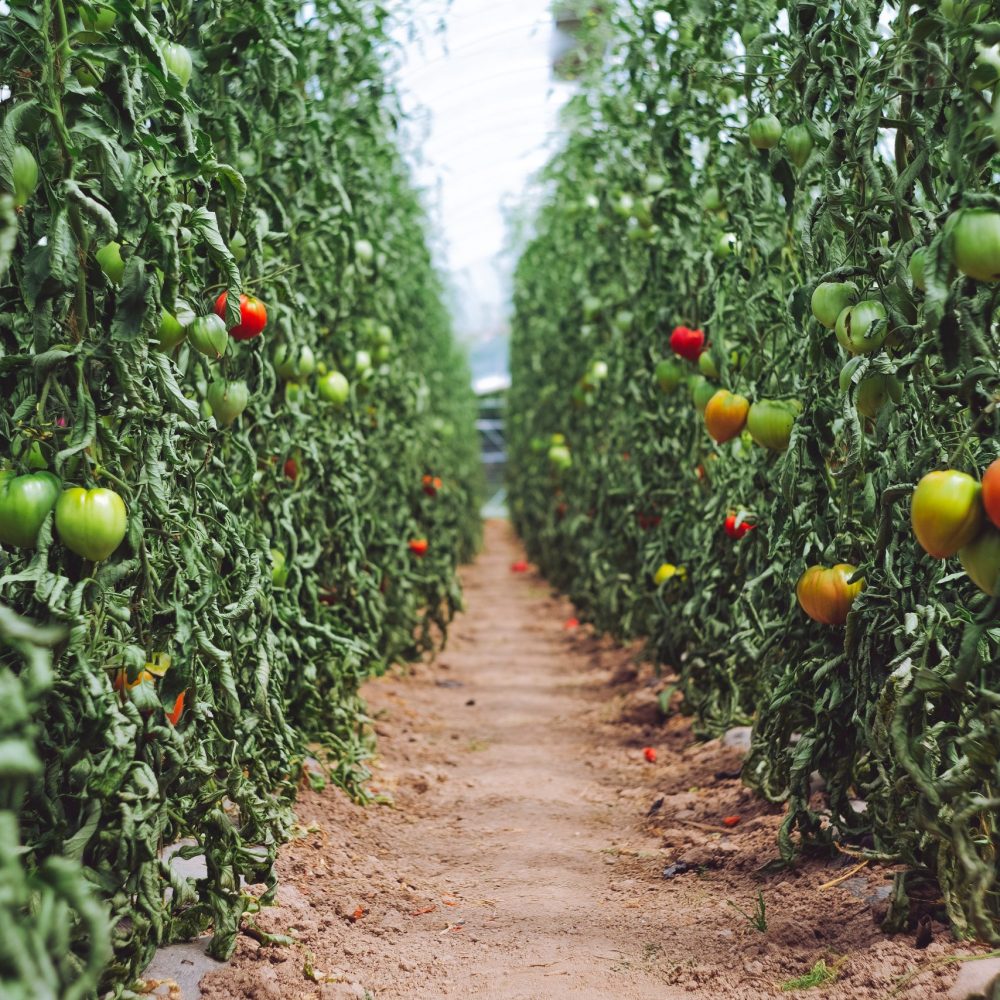
The history of organic of agriculture
At the beginning of the 20th century, the search for alternative methods in agriculture began. The Austrian Rudolf Steiner founded the biodynamic movement in 1924. He first studied philosophy, then biology, physics and chemistry. The initial postulate of this movement was: biodynamic agriculture must be based on mixed farming, where plant and animal production is combined. His basic principle in agriculture was that you cannot give life to the soil just by adding chemicals to it. Organic matter strengthened by “cosmic forces” must be added to the living system of the soil, which will infuse life into such a system. For this reason, biodynamicists use biodynamic preparations that (it is believed) direct cosmic forces into the soil and thus increase its fertility and strength (cow’s horn).
The biological movement was founded by Hans Mueller in Switzerland in the 1940s based on the teachings of H. P. Rusch in Germany and is still present in German-speaking countries.
In the early 1960s, there was growing concern for human health and the environment due to the increased use of pesticides in agriculture. At that time, the Lemaire-Boucher group was founded in France, and interest in organic agriculture appeared in the USA with the establishment of the “New Alchemy Institute” and “Ecology Action”, organizations that try to produce food with reduced use of water, fertilizers and without pesticides. The famous scientist and naturalist Rachel Carson published the book “Silent Spring” in 1962, which explains the disastrous effects of DDT and other pesticides on the environment, especially on birds and other beneficial organisms. That book became a bestseller in several countries, including the US, and became a key factor in the banning of DDT in the US in 1972. “Silent Spring” and its author are marked as the originators of the world movement for environmental protection.
In the same year (1972), the International Federation of Organic Agriculture Movements (IFOAM) was founded. The faster development of organic agriculture begins with the development of analytical methods of food quality assessment, consumer pressure and the green, ecological wave. Then IFOAM (1980) adopted basic standards for organic production, which are still the basis for all subsequent regulations, regardless of modifications related to procedures within organic technologies.
in 1990
It reduces the costs of agricultural production
in 1991
the first legal regulation in the EU on organic production ECC No. 2092/91.
in 1992
the first regulations of ECC No. 2078/92 on subsidies for organic agriculture in the EU as part of agro-ecological support measures.
in 1986-1998
the outbreak of mad cow disease (BSE) in Great Britain gives a great impetus to the development of organic agriculture in the world.
in the nineties of the last century
numerous research projects have been launched in the EU.
in 2021
the new EU Action Plan for organic agriculture was published
The basic principles for the development of organic agriculture were set by IFOAM – Organics International (International Association for Organic Agriculture). EU regulations, then Codex Alimentarius, as well as the Law on Organic Production of the Republic of Serbia are based on these standards.
